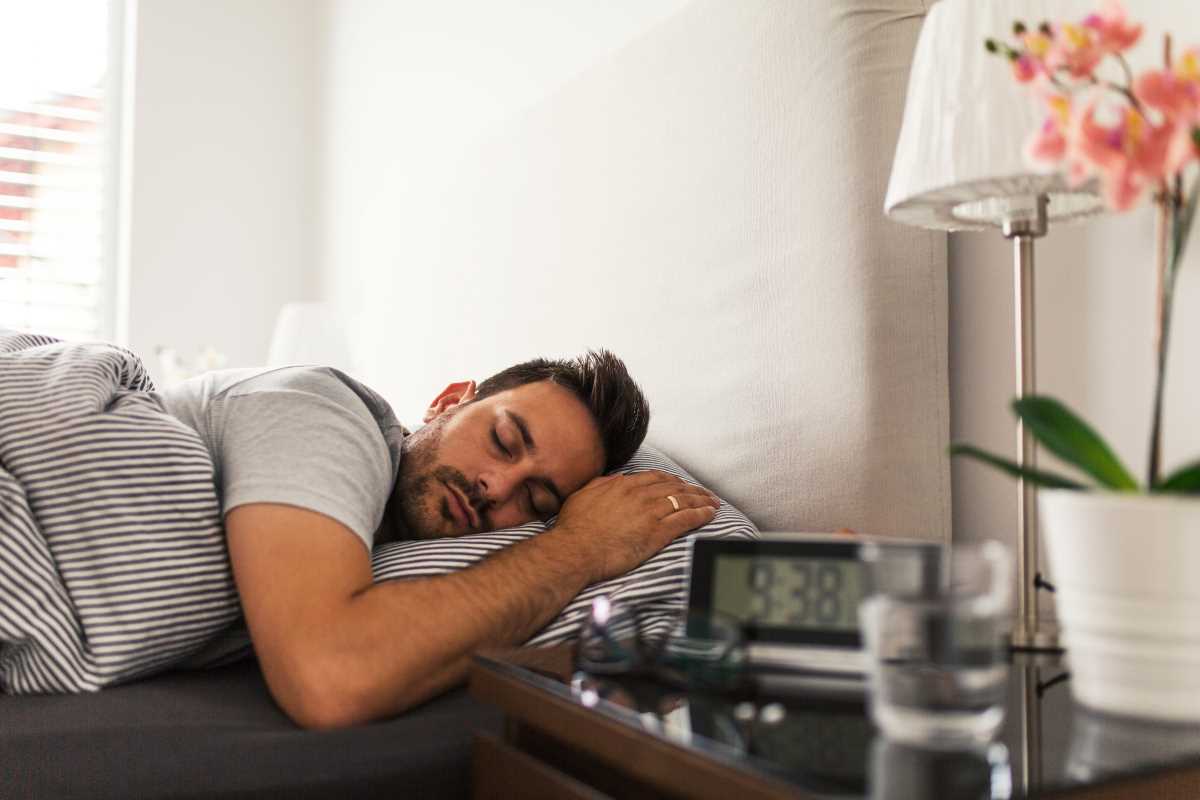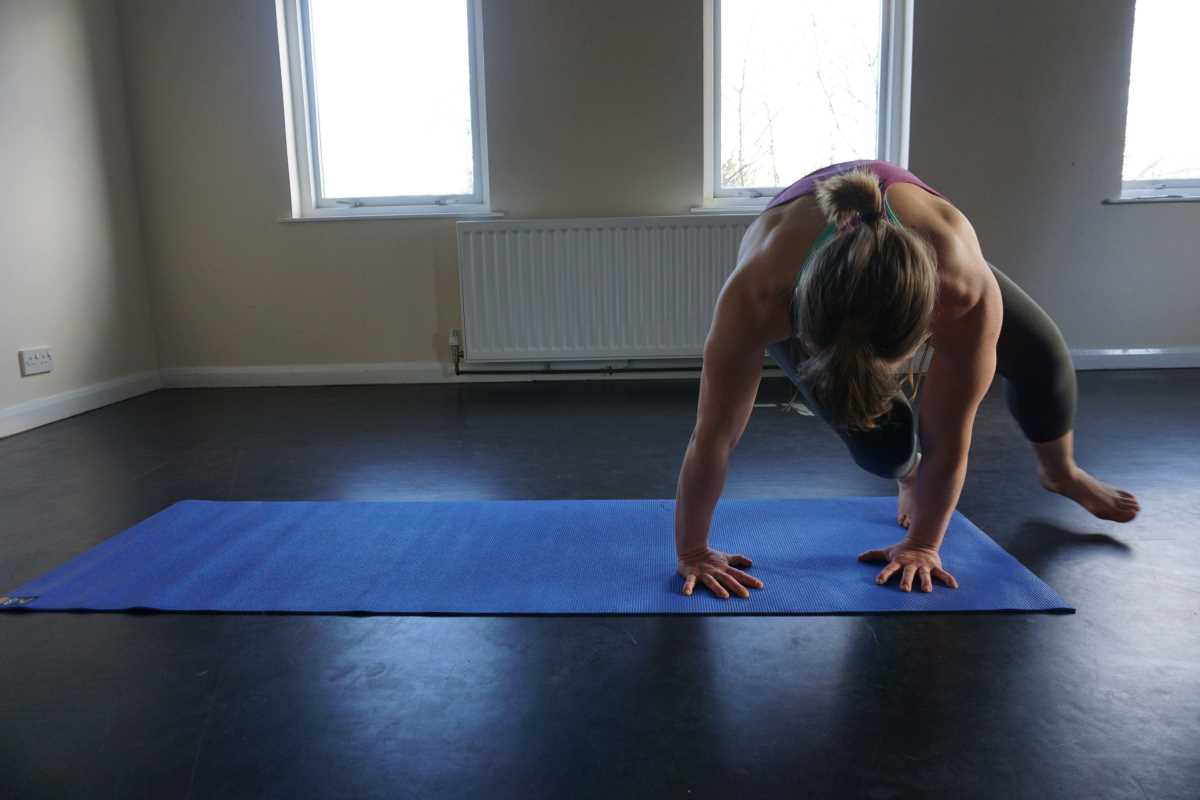Take a fresh look around your bedroom, noticing details that might go unnoticed during daily routines. Spot any clutter, harsh lighting, or distracting noises that could disturb your peace when it’s time to rest. Pay attention to the items scattered across surfaces, the brightness or color of your lights, and any sounds that filter in at night. Jot down anything that stands out or feels out of place. By creating a simple checklist, you can organize your thoughts and focus on the elements that might affect your comfort and relaxation as you wind down each evening.
- Clutter hotspots: under the bed, nightstand drawers, desktop piles
- Light sources: overhead bulbs, alarm clock glow, streetlight seepage
- Noise triggers: HVAC hum, outside traffic, household appliances
- Unbalanced décor: bright wall art, mismatched colors, busy patterns
With this snapshot in hand, address each element one by one instead of feeling overwhelmed. You’ll feel more in control once you see exactly what stands between you and deeper rest.
Choose Your Mattress, Pillows, and Bedding
Your mattress bears the weight each night, so select one that suits your sleeping position. Side sleepers often prefer a medium-soft foam that cushions the shoulders and hips, while back or stomach sleepers should opt for a firmer surface that keeps the spine aligned. If you tend to toss and turn, look for a hybrid design combining coils and foam for a balance of bounce and support.
Next, test pillow loft and firmness. Cloud-like down alternatives conform quickly, while memory foam options return to shape more slowly. Try one of each or a combination, and spend a few nights swapping them until you find that ideal fit. Finally, select breathable sheets made from cotton or bamboo blends—they wick moisture away and stay cool against your skin.
Control Light, Sound, and Temperature
Ensure your sleep space minimizes distractions. Follow these steps to set your preferred conditions:
- Install blackout curtains or a roller shade to block external glow from streetlights and electronics.
- Add a white-noise machine or smartphone app. Aim for steady rainfall or gentle fan sounds to mask sudden spikes.
- Set your thermostat between 60 and 68°F. Cooler rooms help your core body temperature fall naturally.
- Include a small clip-on fan or quiet air purifier to circulate air, reduce stuffiness, and keep allergens at bay.
Once you adjust each setting, try a nap to test your changes. Small adjustments tonight can help you wake up feeling more refreshed tomorrow morning.
Design a Calming Pre-Sleep Routine
Rushing from screen time to pillow can disrupt your system. Instead, create a 30-minute wind-down that signals your mind to slow down. Try combining these actions:
- Dim the lights and replace harsh overhead bulbs with warm-toned lamps.
- Stretch gently or roll a foam roller along sore muscles.
- Brew a mug of caffeine-free herbal tea or a small glass of tart cherry juice.
- Write down three things you accomplished today—big or small.
Wear pajamas made of soft, natural fabrics. Keep your pre-sleep routine consistent—your brain will start associating these steps with a relaxed, ready-for-bed state.
Add Personal Comfort Touches
Everyone finds comfort in different small details. Maybe you prefer a weighted blanket that hugs you, or fuzzy socks that keep your feet warm enough. You might even add a small water fountain for the soothing trickle that helps you fall asleep.
Try these ideas and mix and match until your entire space feels completely yours:
- Scent: Spray a light mist of lavender or cedarwood on your pillowcase.
- Textures: Place a soft rug by the bed to cushion bare feet.
- Patterns: Use neutral tones or muted prints that help your eyes rest.
- Greenery: Bring in an air-purifying plant like a snake plant or pothos.
By setting up your bedroom with these sensory cues, you create a cozy nest that your mind recognizes as a sleep sanctuary.
Create a sleep-friendly environment by choosing a comfortable mattress and establishing relaxing routines. Personalizing your bedroom makes falling asleep easier and improves sleep quality.







